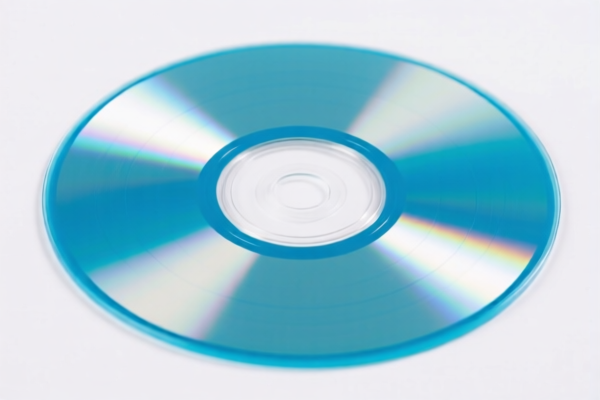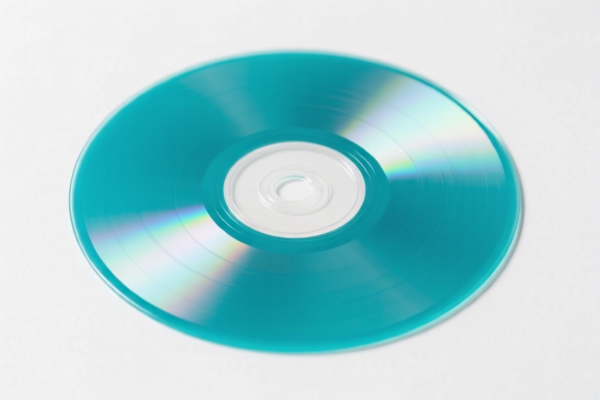Found 16 matching results
(CN → US)
| HS Code | Official Doc | Tariff Rate | Origin | Destination | Effective Date |
|---|---|---|---|---|---|
| 3926901000 | Doc | 40.9% | CN | US | 2025-05-12 |
| 3926909989 | Doc | 42.8% | CN | US | 2025-05-12 |
| 3919905060 | Doc | 60.8% | CN | US | 2025-05-12 |
| 3919901000 | Doc | 61.5% | CN | US | 2025-05-12 |
| 8477590100 | Doc | 58.1% | CN | US | 2025-05-12 |
| 8477908695 | Doc | 58.1% | CN | US | 2025-05-12 |
| 8487900080 | Doc | 83.9% | CN | US | 2025-05-12 |
| 8487900040 | Doc | 58.9% | CN | US | 2025-05-12 |
| 9503000071 | Doc | 30.0% | CN | US | 2025-05-12 |
| 9503000090 | Doc | 30.0% | CN | US | 2025-05-12 |
| 9506696020 | Doc | 42.4% | CN | US | 2025-05-12 |
| 8523410000 | Doc | 37.5% | CN | US | 2025-05-12 |
| 8523802000 | Doc | 37.5% | CN | US | 2025-05-12 |
| 8547200000 | Doc | 55.0% | CN | US | 2025-05-12 |
| 8546900000 | Doc | 55.0% | CN | US | 2025-05-12 |
| 8546900000 | Doc | 55.0% | CN | US | 2025-05-12 |




Plastic Disk
A plastic disk is a generally flat, circular object made from various types of plastic polymers. Its properties and applications are highly dependent on the specific plastic used in its manufacture, as well as its size and intended function.
Materials
Common plastics used in disk production include:
- Polyethylene (PE): Low-cost, flexible, used for disposable items.
- Polypropylene (PP): More rigid than PE, resistant to chemicals, often used for laboratory or food containers.
- Polystyrene (PS): Brittle, inexpensive, commonly found in petri dishes.
- Acrylic (PMMA): Transparent, shatter-resistant, used for optical disks or decorative applications.
- Polycarbonate (PC): High impact resistance, often used for durable applications.
- PVC (Polyvinyl Chloride): Rigid or flexible depending on plasticizers, used in various applications including records.
Purpose & Function
The function of a plastic disk varies greatly, leading to diverse applications. Common purposes include:
- Data Storage: Historically, plastic disks were central to data storage technologies such as floppy disks, compact discs (CDs), DVDs, and Blu-ray discs. These disks store digital information encoded as patterns of pits and lands on the disk surface, read by a laser.
- Containment/Labware: Plastic disks serve as petri dishes for culturing microorganisms, sample containers, or as covers for other vessels.
- Packaging: Used in spools for thread, film, or other materials, or as dividers within packaging.
- Decorative/Craft Applications: Can be used for creating ornaments, models, or other decorative items.
- Mechanical Components: Used as spacers, bearings, or other components in various machinery.
- Records: Vinyl records are a classic example of plastic disks used for audio storage.
Usage Scenarios
- Computing: (Historically) Installing software, backing up data, or distributing programs.
- Scientific Research: Culturing cells, performing assays, or analyzing samples.
- Audio/Entertainment: Playing music or movies.
- Manufacturing: Spooling wire, thread, or film.
- Retail: Packaging and display of goods.
- Hobbies/Crafts: Model building, scrapbooking, or other creative projects.
Common Types
- Floppy Disk: An early form of removable data storage, now largely obsolete. Typically 3.5-inch or 5.25-inch in diameter.
- Compact Disc (CD): Used for audio, software, and data storage.
- Digital Versatile Disc (DVD): Higher storage capacity than CDs, used for video and data.
- Blu-ray Disc: Even higher storage capacity than DVDs, used for high-definition video.
- Petri Dish: Shallow, transparent plastic disk used in microbiology.
- Vinyl Record (LP): Analog audio storage medium.
- Spool: A cylindrical disk used for winding and storing materials like thread or wire.
Based on the provided information, “plastic disk” can be classified under the following HS codes:
- 8523410000: Optical media: Unrecorded. This code covers unrecorded discs made of plastic, used for sound or other phenomena recording.
- 8523802000: Other: Other. This code is for plastic discs not specifically categorized as optical media, and are not recorded.
- 3926901000: Other articles of plastics and articles of other materials of headings 3901 to 3914: Other: Buckets and pails. While primarily for buckets and pails, this code broadly covers “other articles of plastics,” and a disk could fall under this category depending on its specific use and construction.
- 3926909989: Other articles of plastics and articles of other materials of headings 3901 to 3914: Other: Other. This is a general “catch-all” for other plastic articles not specifically defined elsewhere.
Explanation of HS Code Structure (based on provided reference material):
The HS code is a six-digit code organized as follows:
- Chapter (First two digits): Indicates the broad category of goods. For example, Chapter 85 (Electrical machines and equipment) or Chapter 39 (Plastics and articles thereof).
- Heading (Next two digits): Further specifies the type of goods within the chapter. For example, Heading 2341 (Optical media) or Heading 2690 (Other articles of plastics).
- Subheading (Last two digits): Provides even more detail about the specific goods. For example, Subheading 9010 (Buckets and pails) or Subheading 9989 (Other).
Important Considerations:
- Regarding HS code 8523410000 and 8523802000, the distinction between “unrecorded” and “other” is crucial. Ensure accurate classification based on whether the disk contains recorded information.
- HS codes 3926901000 and 3926909989 are broad categories. The specific application and material composition of the plastic disk will determine the most appropriate code.
- The total tax rate for 3926901000 is 40.9%.
- The total tax rate for 3926909989 is 42.8%.
- The total tax rate for 8523410000 is 37.5%.
- The total tax rate for 8523802000 is 37.5%.
Customer Reviews
No reviews yet.